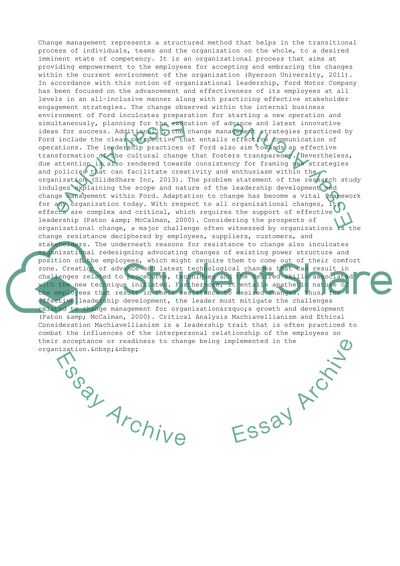Cite this document
(“Leadership Development & Change Management Research Paper”, n.d.)
Retrieved from https://studentshare.org/management/1484898-leadership-development-change-management
Retrieved from https://studentshare.org/management/1484898-leadership-development-change-management
(Leadership Development & Change Management Research Paper)
https://studentshare.org/management/1484898-leadership-development-change-management.
https://studentshare.org/management/1484898-leadership-development-change-management.
“Leadership Development & Change Management Research Paper”, n.d. https://studentshare.org/management/1484898-leadership-development-change-management.


